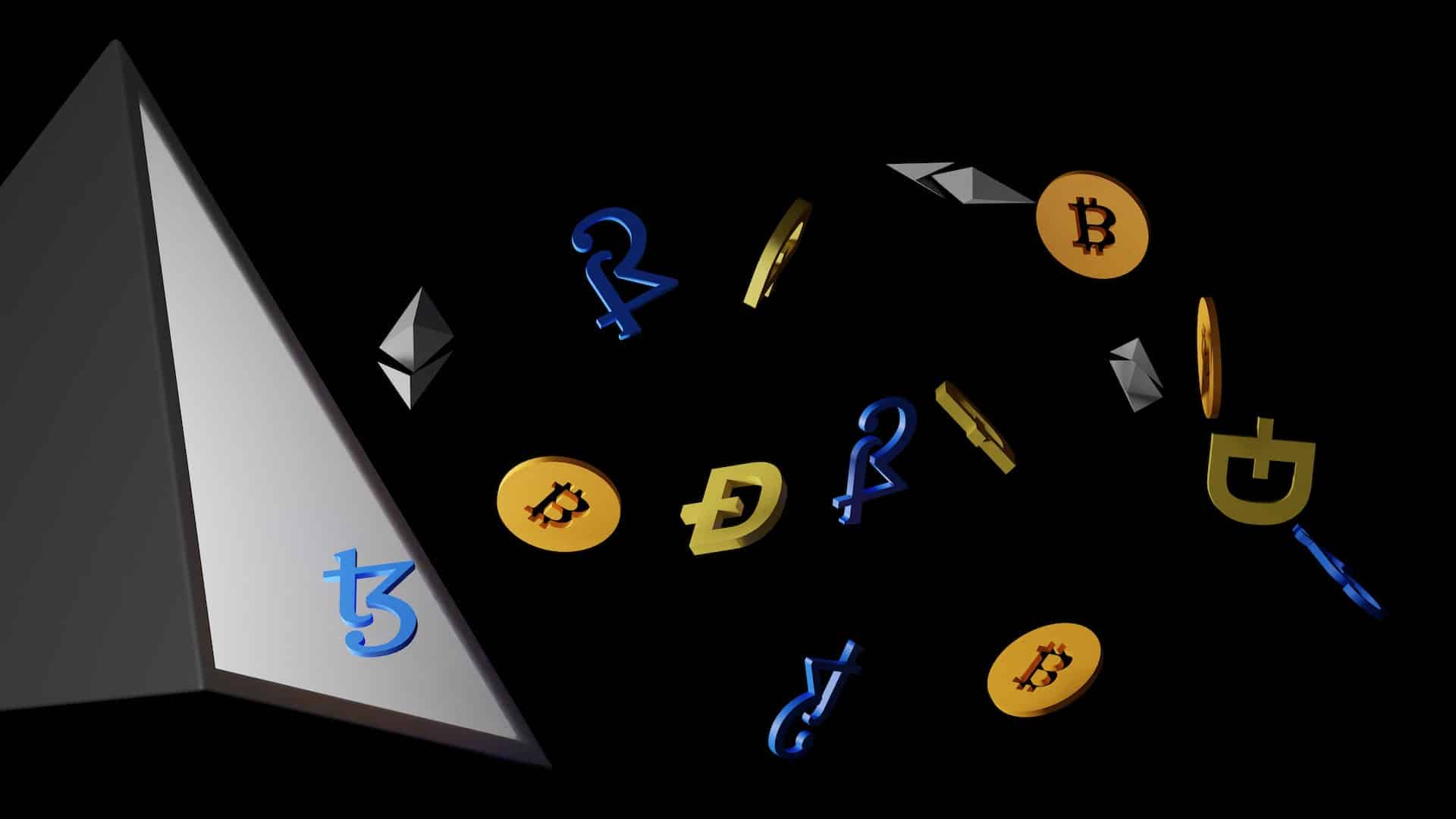Tokenomics is one of the key features people pay attention to when researching cryptocurrency projects in which they are interested. That’s because tokenomics plays an integral role in the long-term sustainability of a cryptocurrency.
Read on to learn what blockchain tokenomics is and why it’s such a determining factor in a cryptocurrency’s success or failure.
What Is Tokenomics?
The term tokenomics refers to a cryptocurrency project’s economic model determining the issuance, distribution, and usage of its digital currency or token.
Tokenomics is vital when assessing a project’s prospects as it paints a picture of its viability and potential long-term sustainability.
The point of tokenomics is to encourage or discourage user actions to preserve the project’s utility and value. This purpose is similar to that of Central Banks’ monetary policies that regulate the flow of money, lending, saving, and spending.
However, tokenomics are typically written in the project’s code and often include predictable, transparent, and difficult-to-change rules.
Key Features of a Cryptocurrency’s Tokenomics
There are three critical elements of any cryptocurrency’s tokenomics: token utility, token supply, and incentive mechanisms.
Token Utility
Investors can identify the token’s use cases based on the project’s tokenomics. Use cases can range from voting to processing transactions on a network. Understanding a token’s utility helps one assess the project’s possible evolution.
Token Supply
A cryptocurrency’s tokenomics outlines the maximum supply and the rate at which new tokens enter the circulating supply.
The maximum supply is the number of tokens in the project’s lifetime. Projects such as Bitcoin (21 million coins) and Litecoin (84 million coins) have a maximum supply. In contrast, Dogecoin has no supply limit.
The circulating supply refers to the maximum volume of circulating tokens at any given time. The code can set the limits and then burn (when the circulating supply exceeds the limit) or mint (when the circulating supply falls below the threshold) to regulate the value.
Incentive Mechanisms
The nature of the incentive mechanisms helps assess a project’s long-term sustainability. Since blockchain networks are decentralized, participants rely on incentive mechanisms to help ensure the protocol is robust.
Incentive mechanisms like Proof of Stake require participants to lock in their tokens before earning the right to validate transactions. This keeps them honest as they understand that any malicious actions place their holdings at risk.
Top Blockchains’ Tokenomics Explained
Let’s look at the tokenomics of some of the top blockchains and DeFi protocols in the market.
Bitcoin (BTC)
In Bitcoin’s tokenomics, the network has a fixed maximum supply of 21 million coins, with miners receiving rewards for every successfully mined block. Every four years, a halving of the miners’ rewards takes place. (They currently receive 6.25 BTC per block.) Based on the current schedule, calculations estimate that mining the last Bitcoin will occur in 2140.
Tokenomics also entails the transaction fee design, which rises with the network congestion and transaction size. This helps ensure the network has minimal spam transactions and presents economic feasibility for miners to validate transactions even when the rewards are halved.
Ethereum (ETH)
The Ethereum network recently moved from a Proof of Work model (relies on miners with specialized equipment) to a Proof of Stake model (relies on validators willing to lock their ETH holdings).
The Ethereum network selects validators based on the amount of ETH they stake. The idea behind this model is to lower energy consumption and prevent a 51% attack due to a significant amount of ETH being out of circulation.
There is no set maximum supply of tokens on Ethereum, with the figure subject to annual revision. However, validators who fail to adhere to the rules lose ownership of their staked assets, which the protocol then burns. The network’s tokenomics also include deflationary measures where token burning occurs when demand rises.
Compound (COMP)
Compound is a lending protocol on the Ethereum network that issues the COMP governance token. COMP holders enjoy voting rights as part of their governance rights. This allows investors in the project to influence the direction it takes. Such decisions include the selection of protocol administrators, listing new assets, and setting interest rates.
The token has a maximum supply of 10 million tokens, and calculations estimate that it will reach its limit by July 2024. The allocation of the 1,234 COMP tokens minted daily is done on a 50-50 basis between the liquidity suppliers and the borrowers.
Is Tokenomics Important?
Yes. A crypto project’s tokenomics is critical to its failure or success.
Many digital asset investors consider tokenomics to be the central component of their research as it gives insight into the viability of a cryptocurrency. They look at tokenomics to assess features such as the project’s security and utility to make an assessment of the potential future value of its tokens.
However, investors also consider other factors, such as the project’s team, how it fares versus competitors, and the innovation behind the technology, to gain a more holistic view of any project they plan to invest in.



